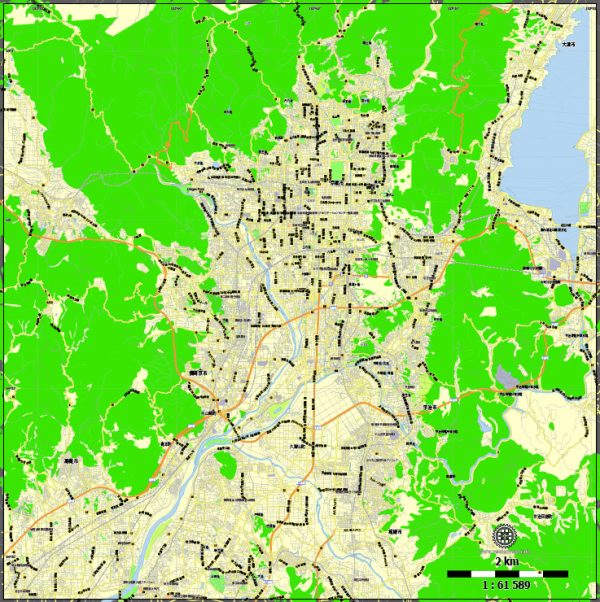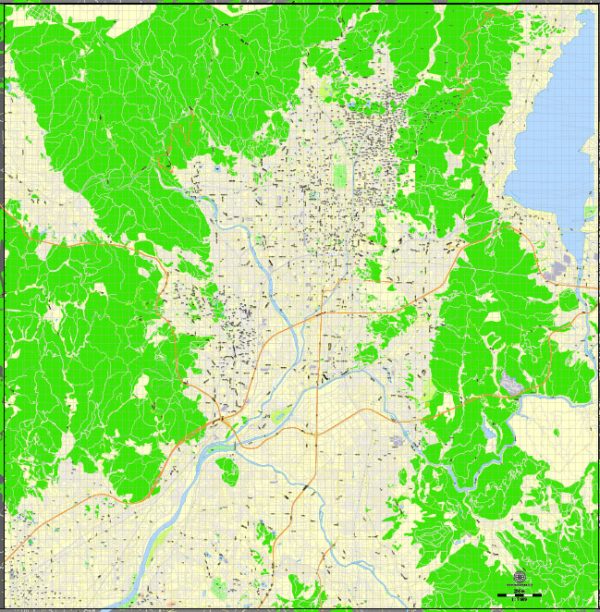Kyoto is one of Japan’s most historically significant and culturally rich cities, known for its deep connections to the country’s past. Here is a brief overview of Kyoto’s history and its historical significance:
- Ancient Capital: Kyoto, originally known as Heian-kyo, served as the capital of Japan for over a millennium, from 794 to 1868. This period is referred to as the Heian period and saw the emergence of classical Japanese culture and arts.
- Cultural and Imperial Center: During its time as the capital, Kyoto played a central role in the development of Japanese art, literature, and religion. The city was home to the imperial court, where traditional Japanese culture, including tea ceremonies, Noh theater, and ikebana (flower arranging), flourished.
- Zen Buddhism: Kyoto is home to numerous historic temples and shrines, with many of them being associated with the Zen Buddhist tradition. Notable temples like Ryoan-ji, Kinkaku-ji (the Golden Pavilion), and Ginkaku-ji (the Silver Pavilion) are famous for their Zen gardens and architecture.
- Samurai and Shogunate: The city also played a significant role in the history of the samurai and the rise of the shogunate. The Kamakura and Muromachi shogunates had their origins in Kyoto, with various samurai clans vying for power during these periods.
- UNESCO World Heritage Sites: Kyoto is home to 17 UNESCO World Heritage Sites, including Kiyomizu-dera, Kinkaku-ji, Ginkaku-ji, and the historic monuments of ancient Kyoto. These sites are significant for their cultural and historical importance.
- Geisha Culture: Kyoto is known for its geisha districts, such as Gion and Pontocho, where traditional geisha culture is preserved. Geisha are skilled entertainers, trained in traditional arts like dance, music, and conversation.
- Meiji Restoration: In 1868, Kyoto lost its status as the capital when Emperor Meiji moved the imperial court to Tokyo during the Meiji Restoration. However, the city retained its cultural significance.
- Modern Kyoto: Today, Kyoto is a thriving city that combines its rich history with modernity. It is a hub of traditional arts, craftsmanship, and a popular destination for tourists interested in Japanese culture.
- Preservation of Tradition: The city has made significant efforts to preserve its historical heritage and has strict regulations on modern development to maintain its traditional atmosphere.
Kyoto’s historical significance and cultural heritage continue to draw visitors from around the world, making it a must-visit destination for those interested in Japan’s rich history and traditions.



 Author: Kirill Shrayber, Ph.D.
Author: Kirill Shrayber, Ph.D.